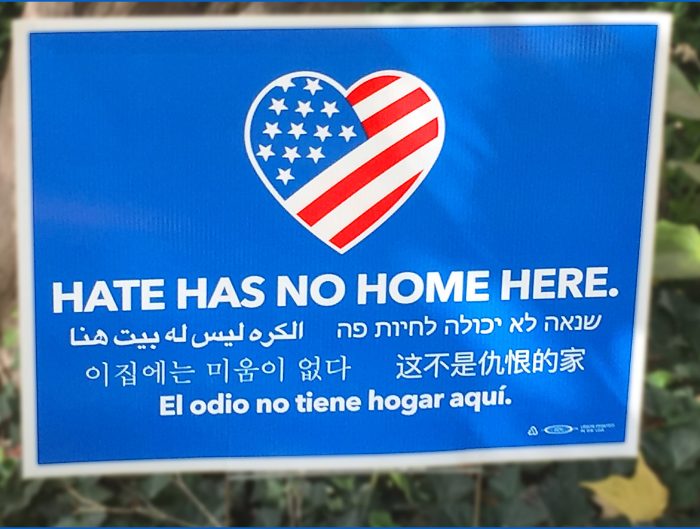Since, as the CEO of a nonprofit, I spend a lot of time raising money from donors and, more importantly, deploying those dollars for impact, I thought I’d share how I think about my personal giving–and where I give. First off, I make two general types of donations: those that are tax-deductible, and those that are not. A tax-deductible donation is the one most people are familiar with. Organizations like Capital Good Fund and your local food bank are 501c3 nonprofits, meaning that whatever you donate to them can be deducted from your federal tax bill.
A non-tax-deductible donation, by contrast, goes to an organization that is usually a nonprofit but which, by virtue of its work, is ineligible for tax deduction. Examples include political campaigns, political action committees, and entities that advocate for specific policies; many of these are classified as 501c4s. The main difference is that the federal government only wants to provide tax deductions for groups that work for the general good and not those that work for partisan aims, though there is a gray area. For instance, Capital Good Fund can advocate for certain issues that we think are key to our mission–such as payday loan reform–so long as advocacy doesn’t account for more than about 15% of our time. But we are absolutely forbidden from supporting specific political candidates.
The main focus areas of my 2021 giving were supporting democracy / voting in general and Democrats in particular; tackling the climate crisis through frontline advocacy; and poverty alleviation / social justice. In total, I gave $19,413, of which $12,970 (67%) was tax-deductible and $6,443 (33%) was not.
Within the tax-deductible giving, 50% went to poverty / social justice; 32% to environmental justice; 10% to public policy; 4% to nonprofit news; 3% to equitable financial services; and 2% to other categories. Below is a full list of donations, including a link so that you can learn more and, if so inclined, donate:
With respect to non-tax-deductible donations, I gave to some specific political campaigns, such as Stacey Abrams’ campaign for Governor of Georgia, but mostly I focused on groups that are organizing for Democrats, for democracy, and climate policy. Below is the full list, again along with links to donate:
| Organization | Amount | Category |
| Abrams for Governor | 100 | Political Campaign |
| ACLU | 250 | Voting / Civil Rights |
| America Votes | 250 | Voting / Civil Rights |
| DCCC | 150 | Political Campaign |
| Democracy Docket | 100 | Voting / Civil Rights |
| Democratic National Committee | 250 | Political Campaign |
| Fair Fight Action | 350 | Voting / Civil Rights |
| Greenpeace | 425 | Organizing |
| Indivisible | 1500 | Organizing |
| Meghan Kallman for RI State Senate | 50 | Political Campaign |
| Mijente | 250 | Organizing |
| Never Again Action | 118 | Organizing |
| NextGen America | 250 | Organizing |
| Public Citizen | 500 | Other |
| Resist Bot | 600 | Other |
| Sunrise Movement | 500 | Organizing |
| Swing Left | 450 | Organizing |
| Un-PAC | 250 | Organizing |
| Grand Total | $6,443 |
Finally, a word about 2022. This year, when it comes to giving I have three primary areas of concern: ensuring that Democrats pass democracy reform, including voting rights; ensuring that action is taken on climate change, especially at the federal and, to a lesser extent, state levels; and working to re-elect Democrats so that they hold on to the House of Representatives and expand their majority in the Senate. To that extent, I will double my overall giving, and engage in non-monetary ways as well–phone-banking, writing letters, essays and poems, calling elected officials, attending protests, etc.
Where did you donate in 2021? What will you be advocating for and working on this year?




Leave A Reply